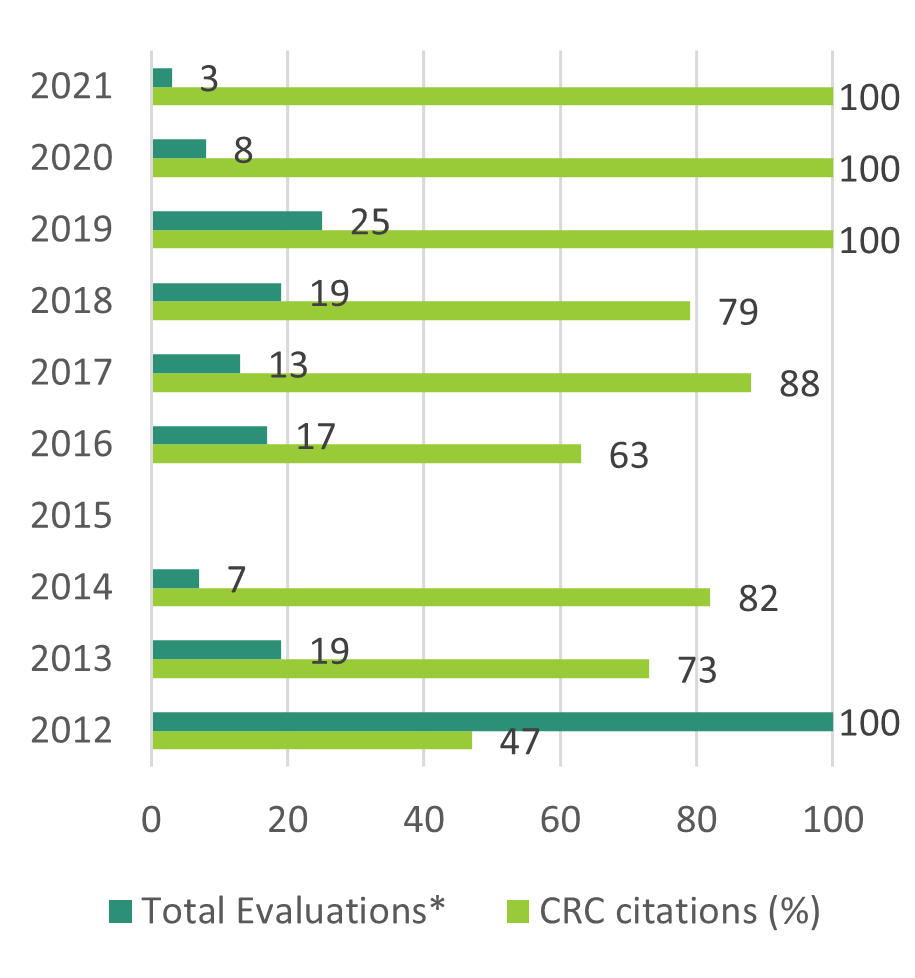Cancer, Reproductive, Cardiovascular, and Other Chronic Disease Prevention Program
The National Institute for Occupational Safety and Health (NIOSH) Cancer, Reproductive, Cardiovascular, and Other Chronic Disease Prevention (CRC) Program works with partners in industry, labor, trade associations, professional organizations, and academia. The program focuses on preventing and reducing:
- Occupational cancer incidence
- Incidence of adverse reproductive outcomes (AROs) related to workplace exposures
- Occupational cardiovascular disease (CVD) incidence
- Occupational neurologic and renal disease incidence
- Conduct research on occupational cancer in worker populations.
- Identify and quantify risk of AROs associated with workplace factors.
- Assess the association of workplace factors and exposures with sub-clinical/clinical CVD.
- Investigate emerging diseases such as chronic kidney disease in agricultural workers.
- Communicate findings through various methods to assist benefactors in CRC prevention efforts.
- Promote use of CRC research by well-respected organizations, such as the Occupational Safety and Health Administration, National Toxicology Program, International Agency for Research on Cancer, and National Fire Protection Association.
- Collaborate with researchers outside of NIOSH to evaluate occupational risk factors in existing health studies.
- Published animal studies modeling Gulf War illness among veterans, including an evaluation of brain inflammation, an intervention strategy, and support of establishing a sample biorepository.
- Published a study on exposure to airborne metal working fluid particulate matter and increased risk of stroke in U.S. autoworkers.
- Reported associations between maternal nail technician and hairdresser work during pregnancy and some birth defects.
- Completed a study evaluating immune response using blood samples from workers employed in facilities that make or use carbon nanotubes and nanofibers as an exposure assessment tool.
- Updated the NIOSH Occupational Cancer webpage to include additional cancer-related resources for workers and cancer researchers.
- Published a study that reported sub-chronic dermal exposure to a short chain perfluoroalkyl substance, heptafluorobutyric acid (PFBA), caused liver toxicity and gene expression changes. Numerous occupations involve potential exposure to PFBA, including textile manufacturing and firefighting.
- Support efforts to evaluate how COVID-19 impacts return to work and workplace safety for those with pre-existing chronic health conditions.
- Translate CRC-related materials to Spanish and other languages to increase accessibility to affected worker populations.
- Report findings of how co-exposure to metal-based nanocatalysts and UVB light potentially affect skin tumor development.
- Complete studies on how shielding gases, heat, and humidity impact neurologic disease risk in welders.
- Publish a new NIOSH Buffalo Cardio-Metabolic Occupational Police Stress study blog to share current findings and potential intervention strategies to reduce shift work impacts in first responders.

Mention of any company or product does not constitute endorsement by the National Institute for Occupational Safety and Health, Centers for Disease Control and Prevention
The Cancer, Reproductive, Cardiovascular, and Other Chronic Disease Prevention Program provides leadership in preventing work-related diseases related to many types of cancer, reproductive health, and cardiovascular diseases, as well as occupational neurologic and renal diseases. This snapshot shows recent accomplishments and upcoming work.

Source: International Agency for Research on Cancer (IARC)
* No evaluations were published in 2015; includes only evaluations of occupationally relevant agents.
To learn more, visit
www.cdc.gov/niosh/programs/crcd/default.html
September 2022

